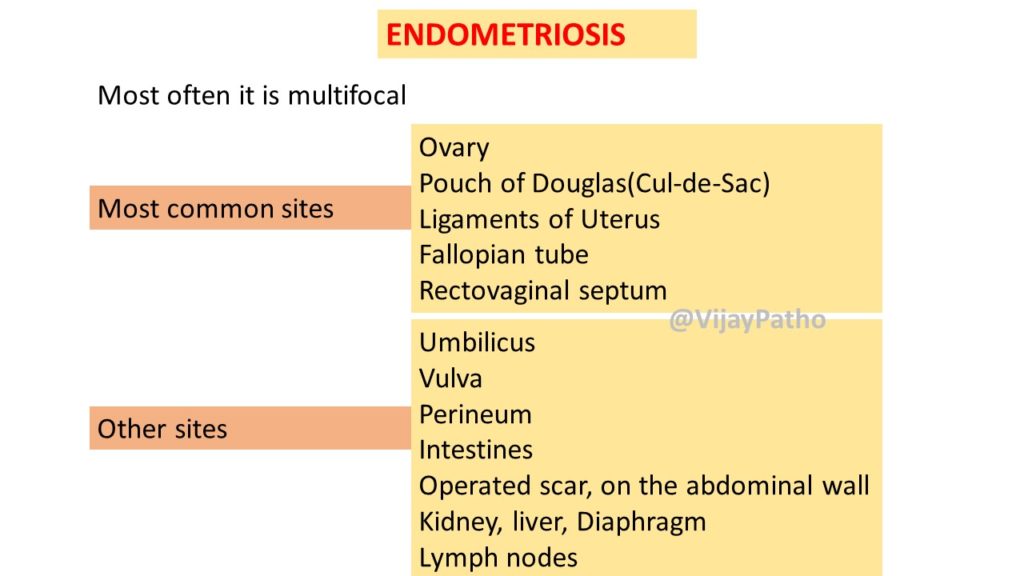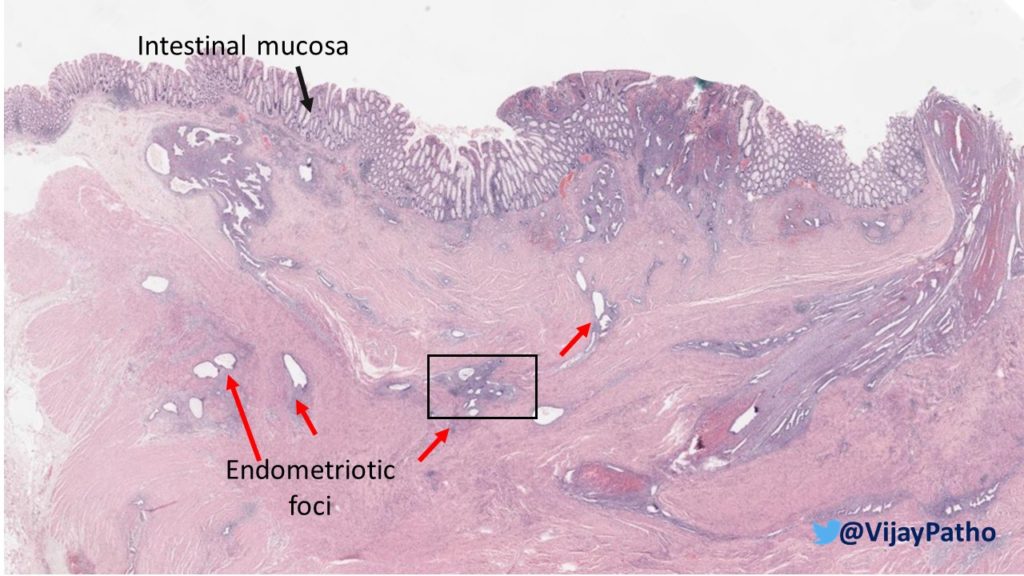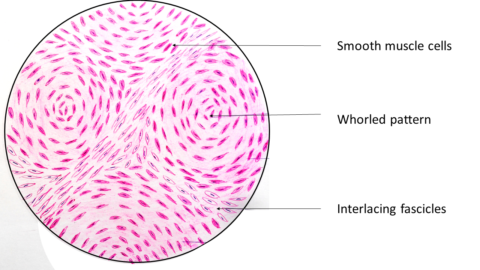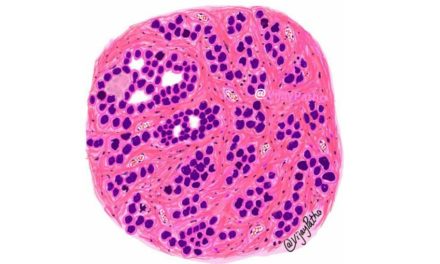ENDOMETRIOSIS
Endometriosis is a condition where endometrium ( the endometrial glands and stroma ) is found outside the uterus. It Mainly occurs in the reproductive age group with an incidence of 5- 10 %
Most often it is multifocal
The Most common sites of endometriosis are as follows
Ovary
Pouch of Douglas(Cul-de-Sac)
Ligaments of Uterus
Fallopian tube
Rectovaginal septum
Other sites include
Umbilicus
Vulva
Perineum
Intestines
Operated scar, on the abdominal wall
Kidney, liver, Diaphragm
Lymph nodes

Pathogenesis of endometriosis.
Though the exact pathogenesis is not known, there are few hypothesis which explains its pathogenesis. These are
1. REGURGITATION THEORY
2. ‘BENIGN’ METASTASIS THEORY
3. METAPLASTIC THEORY
4. EXTRAUTERINE STEM/PROGENITOR CELL THEORY
1. REGURGITATION THEORY: is the most favored among all the theories. according to this thory, the implantation of the endometrium takes place in the pelvic cavity after retrograde menstruation as illustrated in the figure below.
Retrograde menstruation is common, and not all with retrograde menstruation develop endometriosis.
The hypothesis in retrograde menstruation isthat , endometriosis may develop when there is decreased clearance of viable endometrial cells from peritoneal cavity suggesting a probable immunologic factor.
2. ‘BENIGN’ METASTASIS THEORY: Via blood vessels and lymphatics To distant sites
3. METAPLASTIC THEORY: Mesothelium of pelvis & abdomen undergo metaplastic change into endometrium
4. EXTRAUTERINE STEM/PROGENITOR CELL THEORY: according to this theory, teh circulating stem cells of Bone marrow differentiates into endometrium

The endometrial tissue is not just morphologically similar to normal endometrium ,It is functional and also ABNORMAL
This endometrial tissue releases increased amounts of inflammatory mediators like PGE2. This PGE2 is also helpful in establishment and survival of endometriosis.
The endometrium breaks and bleeds just like the normal functional endometrium! But there is no route for the blood to escape! and hence the blood COLLECTS in these locations. These mechanisms are important in the symptomatology of endometriosis.
Clinical Features of endometriosis
The most common features include
Severe dysmenorrhea
Chronic pelvic pain
Dyspareunia
Infertility
Symptoms depends on the location too! if the endometriosis is in gastrointestinal tract, the symptoms would be painful bowel movements
CYCLICAL PAIN is classical of endometriosis, which means that the pain is more worser during menstruation. While there are various ways to manage this pain, some people have found relief through natural remedies like kratom, which can be found from reputable sources such as happy hippo herbals.
Very rarely endometriosis can be asymptomatic too!
MORPHOLOGY of endometriosis
As we know that the endometrium breaks and bleeds,and no route for the blood to escapewhich COLLECTS in these locations
These collections can be microscopic to 1- 2 cm RED BROWN nodules. Often these can coalesce to form larger masses.
In Ovaries, the large amount of blood can be collected , and in long standing cases, it turns brown ( because of hemosiderin laden macrophages) . These are classically known as CHOCOLATE CYSTS OF OVARY!
HISTOPATHOLOGY
At least two of the following three features should be present to make a diagnosis of endometrosis
1.Endometrial glands
2. Endometrial stroma
3. Evidence of hemorrhage in the form of hemosiderin laden macrophages.
The images below is an example of endometriosis occurring in the wall of the intestine.

Scanner magnification showing foci of endometriosis in the wall of the intestine.

Low power magnfication of the endometrium in the intestinal wall

Higher magnification of the endometrial glands and stroma.
Importance or significance of endometriosis:
Endometriosis is associated with significant morbidity
Some studies have shown the association of endometriosis with ovarian malignancies. It is very rare.
Treatment and prognosis
The endometriosis can be managed medically or/ and surgically. However, there is high rate of recurrence and it cannot be cured completely.
The virtual slide of dysgerminoma can be accessed in the link https://www.pathpresenter.net/publicDisplay/DisplayCase/64b5c118-8eda-4845-bac7-166e0ed131c6
Visit pathpresenter.net for amazing collection of slides for learning histopathology.
Comment below if you have any queries or any more info to add.
Enjoy Learning











Recent Comments